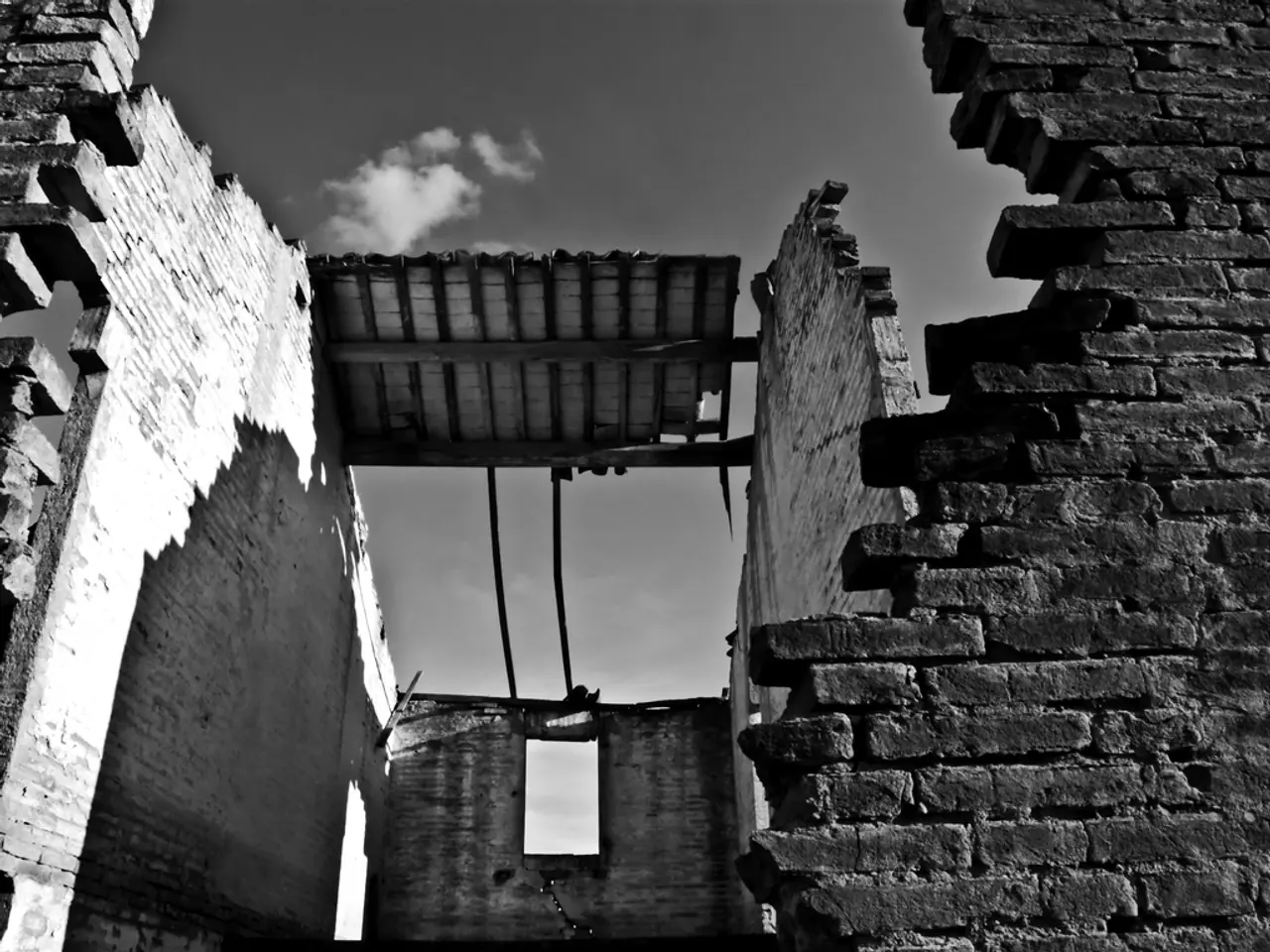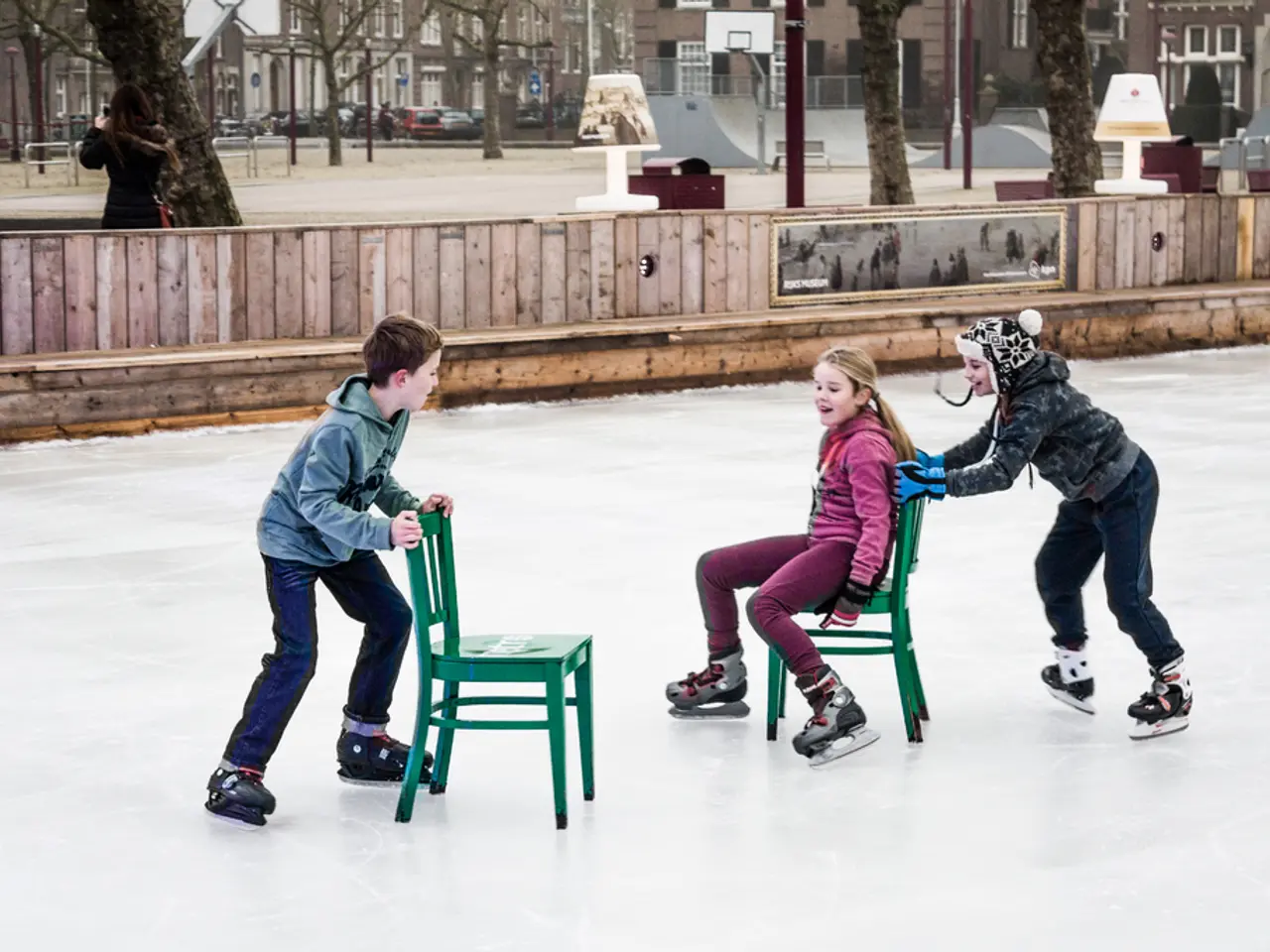Simple Watercolor Landscape: Depicting an Autumn Tree
Create a stunning watercolor fall tree by following these simple steps and key techniques.
Color Selection
To capture the essence of autumn, opt for warm autumnal colors such as various shades of yellow, orange, red, and brown. Mix colors like cadmium yellow, burnt sienna, cadmium red, and a touch of green for color depth and variation.
Brush Techniques
Wet-on-dry Technique
Achieve realistic leaf clusters and individual leaves by using a wet-on-dry technique. Paint the leaves when the paper is dry to create harder edges and more defined shapes.
Dabbing or Dotting Motion
Mimic the texture of leaves with a dabbing or dotting motion using your brush. Allow some dots to touch and blend slightly to create the illusion of leaf clusters rather than isolated dots.
Light Areas and Layering
Leave about 30% of the paper unpainted or lighter to represent light hitting the foliage, creating natural highlights and depth. Layer your colors from light to dark by allowing the paint to dry between layers and adding darker shades to enhance shadows and volume.
Tree Trunk and Branches
Use a small flat or round brush with mixes of brown and dark green tones to paint the tree trunk and branches. Apply varying pressure to create texture and natural irregularities.
Additional Tips
- Start with more yellow and orange tones for foliage and progressively add reds and browns.
- Experiment with brush shapes: flat brushes can create sharp leaf clusters, while round brushes are good for softer blending.
- Build texture and interest by gently layering several washes, ensuring the paper dries between applications to avoid muddy colors.
In conclusion, combine warm fall colors, use a dabbing brush technique with wet-on-dry layering, and mind your light areas to successfully capture the vibrant and textured look of a watercolor fall tree.
Ground
Paint the ground using the residual paint from the brush in a loose, mounded shape.
Displaying Your Masterpiece
Hang up your painting using decorative washi tape or frame it for display.
Highlights and Shadows
The process of "lifting" some of the paint from the center of the trunk creates the illusion of highlights and shadows on the tree trunk.
Fallen Leaves
Create fallen leaves on the ground by dabbing a No. 6 round brush in the premixed orange color used in Step 2. Add more leaves using winsor yellow, and create shadows on the trunk using the dark green color.
Dimension for the Trunk
A green color created by mixing winsor yellow, cobalt blue, and burnt sienna in a 2:1:1 ratio can be added on the right side of the tree to add dimension to the trunk.
Small Branches
Paint small branches through the white gaps of the foliage using a No. 2/0 fine brush and the same paint color as the tree trunk.
To enrich your home-and-garden decor, consider displaying your finished watercolor fall tree masterpiece. With fallen leaves on the ground, added depth to the tree trunk, and small branches cascading from the foliage, this stunning piece will enhance your lifestyle and bring the beauty of autumn inside your home.




